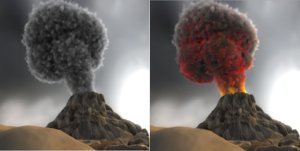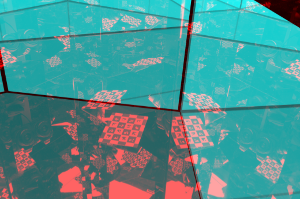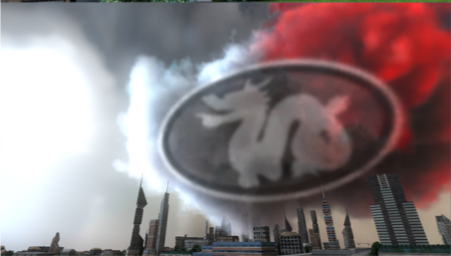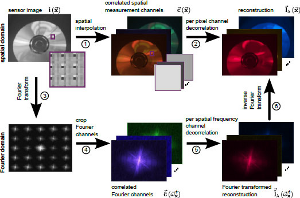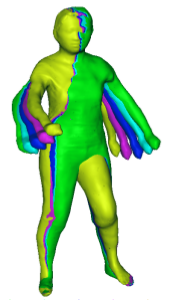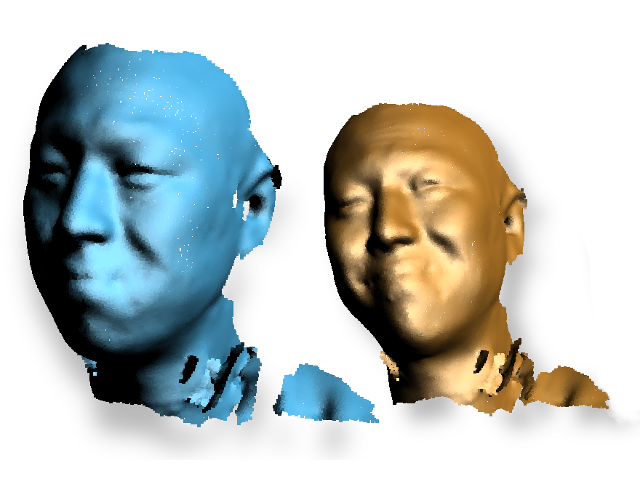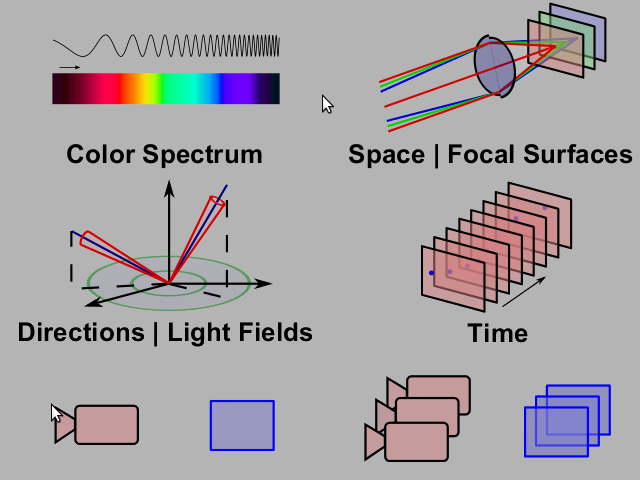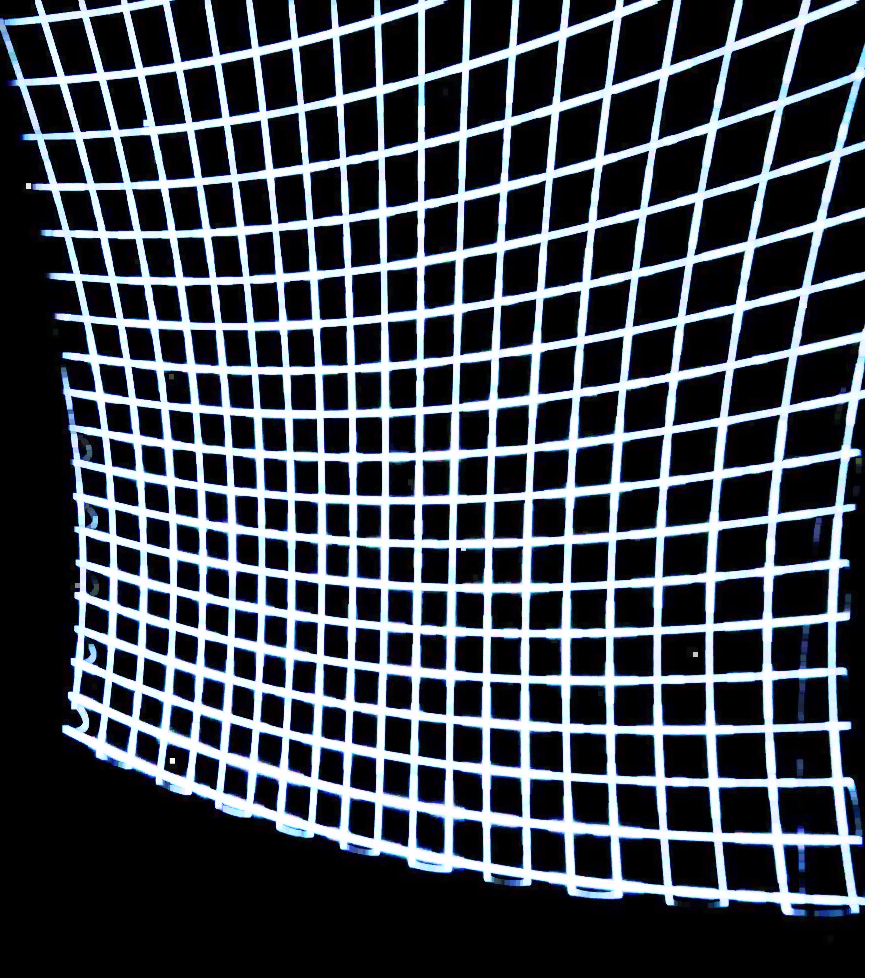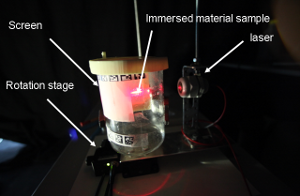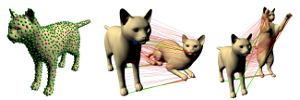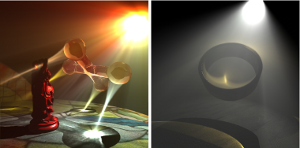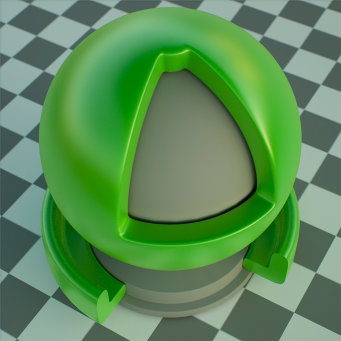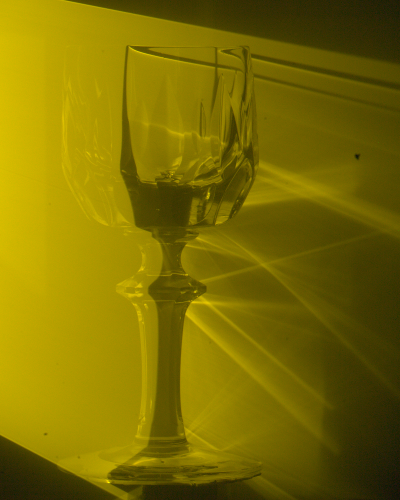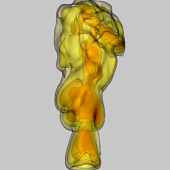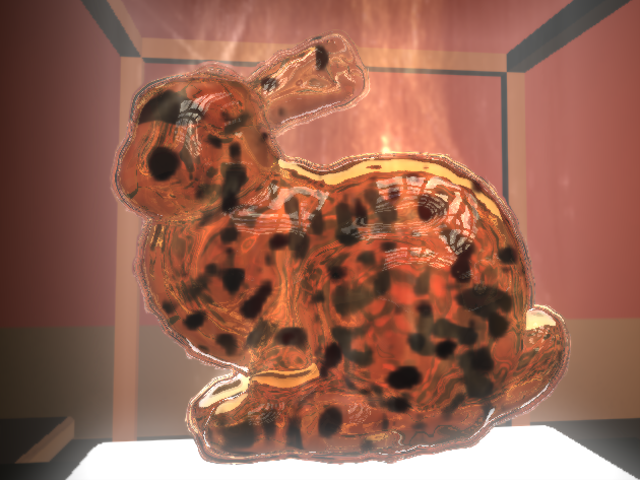Three-Dimensional Kaleidoscopic Imaging
Three-dimensional kaleidoscopic imaging, a promising alternative for recording multi-view imagery. The main limitation of multi-view reconstruction techniques is the limited number of views that are available from multi-camera systems, especially for dynamic scenes. Our new system is based on imaging an object inside a kaleidoscopic mirror system. We show that this approach can generate a large number of high-quality views well distributed over the hemisphere surrounding the object in a single shot. In comparison to existing multi-view systems, our method offers a number of advantages: it is possible to operate with a single camera, the individual views are perfectly synchronized, and they have the same radiometric and colorimetric properties. We describe the setup both theoretically, and provide methods for a practical implementation. Enabling interfacing to standard multi-view algorithms for further processing is an important goal of our techniques.
Projects
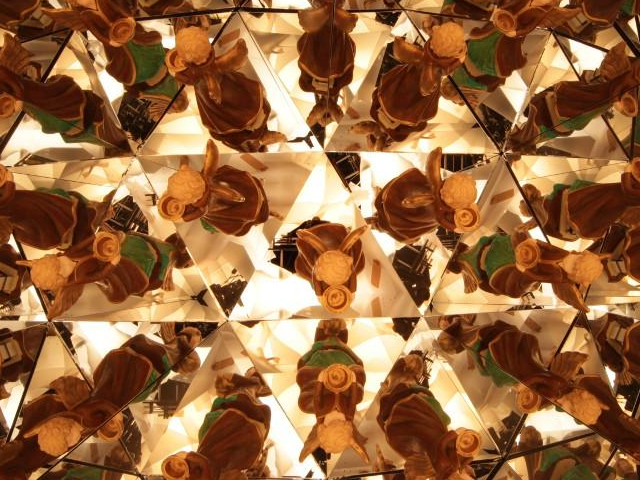
A Kaleidoscopic Approach to Surround Geometry and Reflectance Acquisition
In: CVPR Workshop on Computational Cameras and Displays (CCD), 2012
Abstract
We describe a system for acquiring reflectance fields
of objects without moving parts and without a massively
parallel hardware setup. Our system consists of a set of
planar mirrors which serve to multiply a single camera and
a single projector into a multitude of virtual counterparts.
Using this arrangement, we can acquire reflectance fields
with an average angular sampling rate of about 120+
view/light pairs per surface point. The mirror system allows
for freely programmable illumination with full directional
coverage. We employ this setup to realize a 3D acquisition
system that employs structured illumination to capture the
unknown object geometry, in addition to dense reflectance
sampling. On the software side, we combine state-of-the-art
3D reconstruction algorithms with a reflectance sharing
technique based on non-negative matrix factorization
in order to reconstruct a joint model of geometry and
reflectance. We demonstrate for a number of test scenes
that the kaleidoscopic approach can acquire complex
reflectance properties faithfully. The main limitation is
that the multiplexing approach limits the attainable spatial
resolution, trading it off for improved directional coverage.
Video Bibtex
@InProceedings{Ihrke12,
author = {Ivo Ihrke and Ilya Reshetouski and Alkhazur Manakov and Art Tevs and Michael Wand and Hans-Peter Seidel},
title = "{A Kaleidoscopic Approach to Surround Geometry and Reflectance Acquisition}",
booktitle = {Proceedings of IEEE International Workshop on Computational Cameras and Displays },
pages = "1--8",
year = {2012},
}
author = {Ivo Ihrke and Ilya Reshetouski and Alkhazur Manakov and Art Tevs and Michael Wand and Hans-Peter Seidel},
title = "{A Kaleidoscopic Approach to Surround Geometry and Reflectance Acquisition}",
booktitle = {Proceedings of IEEE International Workshop on Computational Cameras and Displays },
pages = "1--8",
year = {2012},
}

